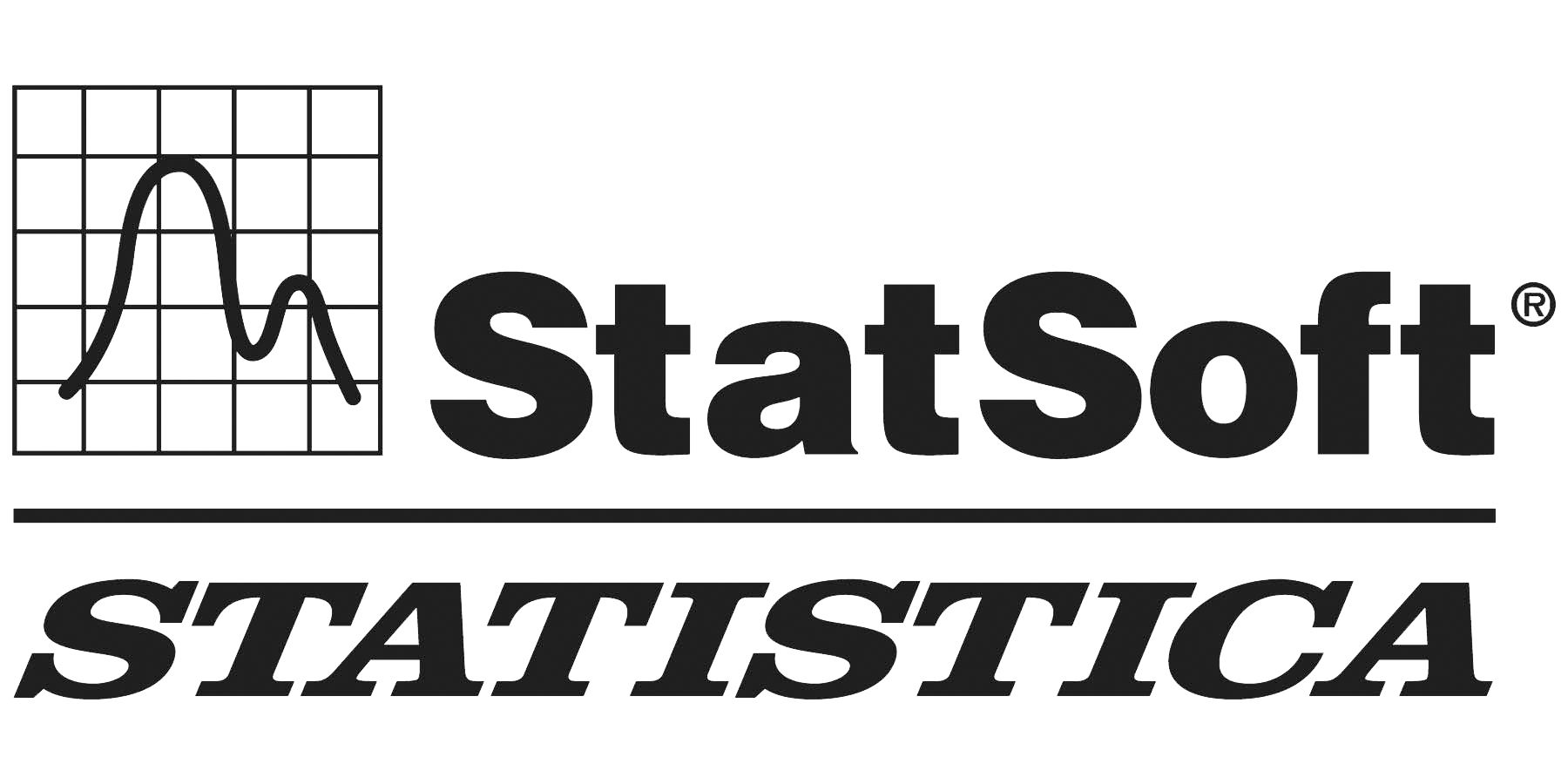
Dell’s Acquisition-Driven Analytic Reformation

Like most $50-billion corporations, Dell relies on a wide mix of applications, databases, and systems to run its various businesses, which range from PC manufacturing and software development to financial services and IT consulting. But over the past year, Dell’s application assortment in the analytics department has changed rather significantly, and it’s all due to its acquisition of StatSoft, the company behind the Statistica package.
John Thompson, the general manager of Dell Software’s Advanced Analytics group, recently explained to Datanami how the acquisition of StatSoft, and the subsequent migration from “a legacy software provider in North Carolina” to the Statistica package, unfolded.
“After we bought StatSoft [in March 2014], it was Michael Dell himself who said, ‘Hey I just bought this company that has this product. We should seriously consider getting that involved in our advanced analytics operations,” Thompson says. “We took a hard look at it. We had over 300 users spread around the world using that legacy provider’s software.”
Drinking Your Own Champagne
The original analytics applications was used extensively at the Round Rock, Texas, company, particularly in the financial services department, which used it for building and running models that determine the propensity of customers not to pay, determining credit risk, and many other things, Thompson says.
But other areas of the company relied on the analytics software too, including the manufacturing group, which used it to analyze hard drive failure rates, and Dell’s own analytics services division, which did custom development work for companies who didn’t have data scientists on staff.
“When we brought in the Statistica technology, all those mission critical analytics had to be rewritten,” he says. “It wasn’t just a KPI for this or a KPI for that. We’re actually running our business on it, so it had to be taken really seriously.”
Not everybody was happy with the idea of replacing a well-known and globally respected vendor’s analytic package with something new. “There was a great deal of trepidation when the initial edict came down from Michael that we were going to do this,” Thompson says. “Everybody was like, ‘Oh boy, this is going to be really challenging.'”
As the migration got underway, however, the fear was replaced with knowledge of the Statistica package, and with that came confidence.
R You With Me?
Statistica’s support for R quickly gained it followers within Dell. While its previous package offered some support for R, the open source statistical language is a first-class citizen within Statistica, according to Thompsom. And when one member of Dell’s team wrote a specialty analytic routine in R and integrated it into Statistica’s workflow, word quickly spread.
“Once that became common knowledge throughout the organization, there were a number of people who came back and said, ‘I’d like to do this special analytic or that,'” Thompson says. “We ended up with a pretty significant library of new analytics written in R that enriched our ecosystem.”
However, the roll-out didn’t come without its hiccups. For example, the outgoing package had a richer breadth of data management capabilities than Statistica offered. “Statistica was never designed as a tool to ingest and manage different data sets,” Thompson says. “But we had other assets inside Dell, including Toad and Boomi, that do those things, so we ended up bringing in other technology…We also integrated a third-party data prep product into Statistica as well.”
Statistica is a highly visual and graphical environment, and that took some getting used to on the part of Dell employees, many of whom were used to writing code and using a command line, and were suspicious of Statistica’s point-and-click GUI.
“Many of the people inside Dell were reticent to move over. Once you use a tool for many years and you’re comfortable, you really would prefer not to,” Thompson says. “But once they got on board and changed over to Statistica, they said it’s a lot easier than the previous product.”
Proven Benefits
At the end of the day, the migration to Statistica paid off for Dell—and not just because it no longer must pay license fees to the previous vendor. The company knocked down “non-standard” KPIs by 50 percent, and has synchronized 99 percent of the incoming information with existing records through its IT operations, Thompson says. What’s more, 20 percent more of the team has access to advanced analytics software than before, he says.
Statistica isn’t the only product in Dell’s BI and analytic stack, of course—the
company is a big user of Cloudera‘s Distribution of Hadoop, Teradata‘s (NYSE: TDC) analytic database, visualization tools from Tableau Software (NYSE: DATA), and data management and ETL tools from Datawatch.
Thanks to Statistica’s native distributed analytic (NDA) feature, Dell is able to deploy models that analyst and data scientists developed within the statistical package, and execute them on CDH or the Teradata Database, as native Java, C, or SQL code. “We’re looking at using NDA more broadly inside Dell, Thompson says, “and I think that’s something that going to be a powerful competitive advantage.”
 And Dell’s CFO will also be thrilled at another achievement that was accomplished as part of the Statistica migration (particularly with today’s bombshell news that Dell is in talks to buy EMC [NYSE: EMC]), which is that Dell is closer to the holy grail of business intelligence of achieving a “single version of the truth.”
And Dell’s CFO will also be thrilled at another achievement that was accomplished as part of the Statistica migration (particularly with today’s bombshell news that Dell is in talks to buy EMC [NYSE: EMC]), which is that Dell is closer to the holy grail of business intelligence of achieving a “single version of the truth.”
“Inside Dell we’ve come up with harmonized information flows and harmonized dashboard and KPIs, so when people come into the room, they have the same information, they’re working from the same source,” Thompson says.
At the end of the day, the migration to Statistica wasn’t nearly as hard as the folks at Dell initially feared, and was completed in less than six months.
“We’ve been really happy with it,” Thompson says. “As we got into it, we gained in confidence on a daily and weekly basis, that this was going to be done and we’re going to be successful at it. After it was done, we said, wow that really went well, and now we can help other people do it as well.”
Related Items:
Hybrid Analytics Yield Big Data Flexibility
Rating the Advanced Analytics Vendors
Doing the Math: The Future of STATISTICA






























